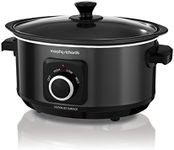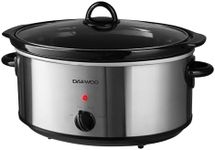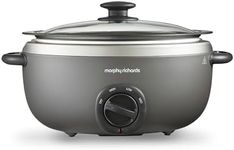Best Slow Cookers
From leading brands and best sellers available on the web.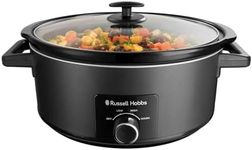
Russell Hobbs
25%OFF
Russell Hobbs Slow Cooker [7L, 320W] (Cooks 8 Portions, Stainless Steel, Removable Ceramic Pot, 3 Temperature settings, Dishwasher Safe, Cool Touch Handles,) Matte Black Slow-Cooker 27720
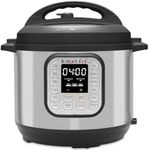
Instant Pot
17%OFF
Instant Pot Duo 7-in-1 Electric Multi-Cooker 5.7L - Brushed Stainless Steel, Large Pressure Cooker, Slow Cooker, Rice Cooker, Sauté, Yoghurt Maker, Food Steamer Pot and Food Warmer, Dishwasher Safe
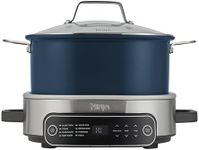
Ninja
Ninja Foodi PossibleCooker, 6L Slow Cooker & Rice Cooker, 8-in-1 Versatile Functions, Midnight Blue, MC1101UK

Hamilton Beach
Hamilton Beach 6.5L Family Favourite Slow Cooker, 240W Energy-Efficient Design, Removable Oven-Safe Ceramic Bowl, 3 Heat Settings, Serves 6-8 People, Easy Clean, Black - HBSC070B
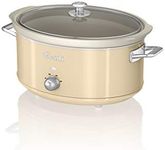
Swan
Swan SF17031CN Retro Slow Cooker with 3 Temperature Settings, Keep Warm Function, 6.5L, 320W, Retro Cream

Instant Pot
Instant Pot Duo Plus with WhisperQuiet Multi-Cooker 5.7L - Black, Electric Pressure Cooker, Slow Cooker, Rice Cooker, Sauté Pan, Yoghurt Maker, Food Warmer, Steamer Pot, Sous Vide, Easy Clean

Morphy Richards
18%OFF
Morphy Richards 3.5L Sear and Stew Slow Cooker, 3 Heat Settings, Dishwasher Safe Non Stick Aluminium Pot, Cool Touch Handles, Matte Black & Rose Gold, 460016
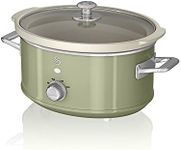
SWAN
9%OFF
Swan SF17021GN Retro Slow Cooker with 3 Temperature Settings, Keep Warm Function, 3.5L, 200W, Retro Green

Tower
7%OFF
Tower T16043MNB Cavaletto 6.5 Litre Slow Cooker with 3 Heat Settings, Cool Touch Handles, Midnight Blue and Rose Gold
